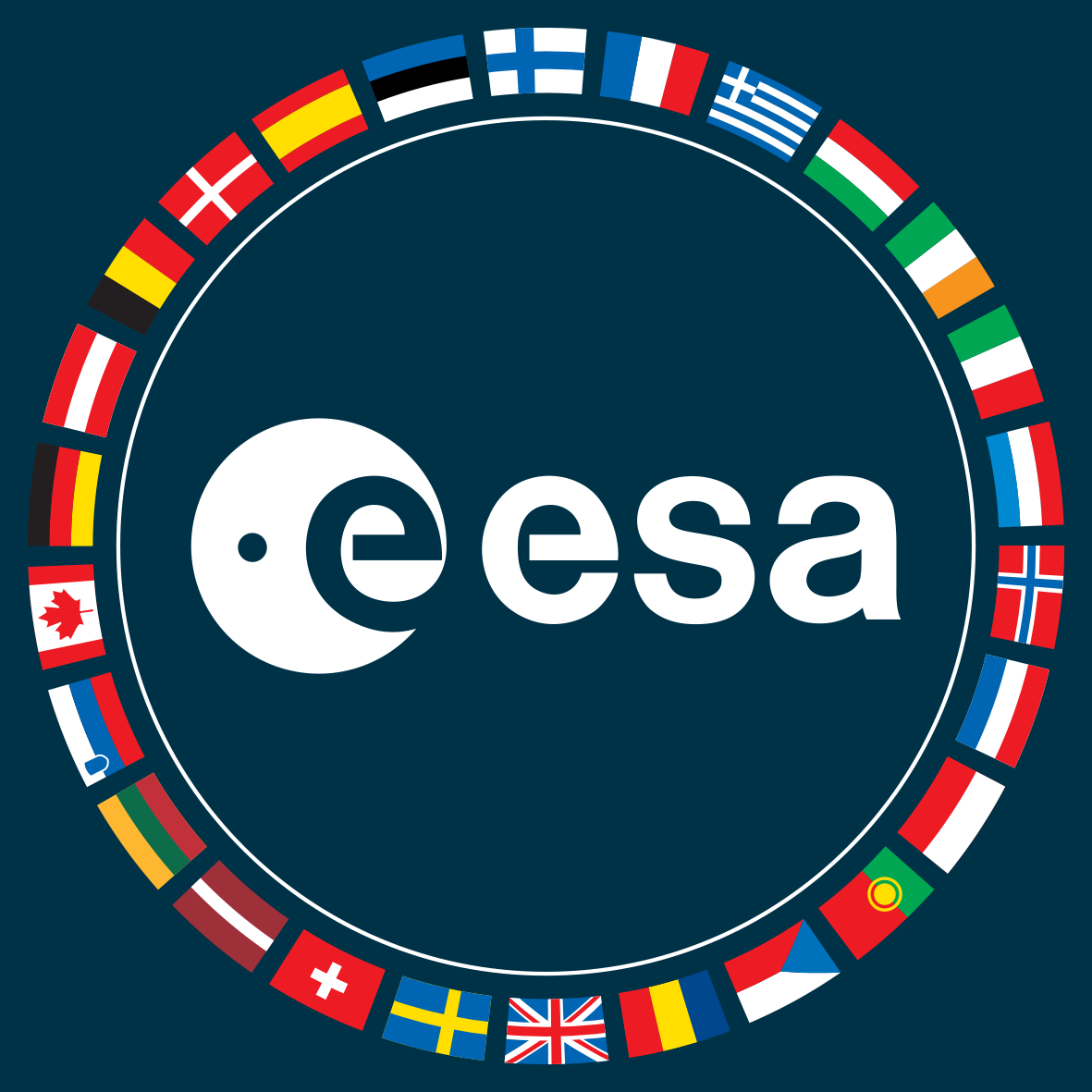Internal Research Fellow (PostDoc) in Machine Learning applied to Moon Exploration
Noordwijk, The Netherlands, ESA [12382]
About this job
ESA is looking for an Internal Research Fellow (PostDoc) in Machine Learning applied to Moon Exploration.
ESA is an equal opportunity employer, committed to achieving diversity within the workforce and creating an inclusive working environment. For this purpose, we welcome applications from all qualified candidates irrespective of gender, sexual orientation, ethnicity, beliefs, age, disability or other characteristics. Applications from women are encouraged.
Our team and mission
You will be based in the Ground Segment Systems Team, LEO Exploration Group, Directorate of Human and Robotic Exploration Programmes.
The project aims to use machine learning and image recognition to find a location on the Moon’s surface, mainly using images from the Planetary Data System at www.pds.nasa.gov.
The purpose of the research is to build a computer system for two main tasks:
Teach the system to recognise a location on the Moon’s surface by analysing a single image.
Teach the system to recognise mineral composition by analysing spectral data from the Moon collected by the Moon Mineralogy Mapper (M3).
Spectral analysis is one of the most widely used methods for data analysis in geophysics, astronomy, oceanography, etc. It is an essential analytical technique for identifying material properties in terms of their chemical and functional structure.
The Moon Mineralogy Mapper, which provides Visible/Near InfraRed (NIR) spectral data (hyperspectral data) of the lunar surface, enables gaining knowledge of the mineralogy of the Moon’s surface. Spectral analysis enables band shaping and spectral profiling methods, used for identifying minerals.
The aim is to also use machine learning to recognise minerals from the multispectral data stored and analysed in the Planetary Data System.
The research will therefore include using machine-learning techniques to build an image recognition system that recognises locations on the Moon surface by analysing single images and Moon surface mineral composition recognition by using spectral data collected by M3.
You are encouraged to visit the ESA website: www.esa.int and https://www.esa.int/esearch?q=machine+learning
Responsibilities
Field(s) of activity/research for the traineeship
The research consists in collecting data (images and spectral data), analysing it and using machine-learning techniques to build a system that can recognise the location and mineral composition of any image analysed. The new system should be able to find the location of any image of the Moon and identify the mineral composition using spectral data.
- Identify different sources to collect the necessary data. This data can be found in the Planetary Data System, but other sources need to be considered.
- Where possible, arrange storage of the data in an ESA-hosted system.
- Develop a comprehensive data-processing and machine-learning workflow concept to support development planning and review by internal ESA experts.
- Analyse and classify the data collected as required.
- Apply the necessary machine-learning algorithms for classification and analysis.
- Identify suitable training and test data sets.
- Implement, configure and test the machine-learning workflow.
- Produce a final report summarising the effectiveness of the developed workflow and its potential application in suitable domains.
Profile
Technical competencies
Knowledge relevant to the field of research
Research/publication record
Ability to conduct research autonomously
Breadth of exposure coming from past and/or current research/activities
General interest in space and space research
Ability to gather and share relevant information
Education
You should have recently completed, or be close to completion of a PhD in physics, chemistry or computer science.
Preference will be given to applications submitted by candidates within five years of receiving their PhD.
Additional requirements
The following is required:
Knowledge on spectral analysis is relevant to understanding the data collected by the Moon Mineralogy Mapper, so you can analyse and classify it.
Knowledge of machine learning and machine-learning algorithms techniques is key for the project.
For a complete job description and to apply, click on “apply”.
The closing date for applications is 09 May 2021.
At the Agency we value diversity and we welcome people with disabilities. Whenever possible, we seek to accommodate individuals with disabilities by providing the necessary support at the workplace. The Human Resources Department can also provide assistance during the recruitment process. If you would like to discuss this further please contact us at contact.human.resources@esa.int.
—————————————————————————————————————————————————–
Please note that applications are only considered from nationals of one of the following States: Austria, Belgium, the Czech Republic, Denmark, Estonia, Finland, France, Germany, Greece, Hungary, Ireland, Italy, Luxembourg, the Netherlands, Norway, Poland, Portugal, Romania, Spain, Sweden, Switzerland, the United Kingdom and Canada, Latvia and Slovenia.
We offer
The European Space Agency (ESA) is an equal opportunities employer that offers competitive salaries exempt from national income tax and excellent employment conditions, such as allowances for expatriates and relocation support. For more information: http://www.esa.int/About_Us/Careers_at_ESA
About us
We are the European Space Agency. Our mission is the peaceful exploration and use of space for the benefit of everyone. We watch over Earth, develop and launch inspiring and unique space projects, train astronauts and push the boundaries of science and technology, seeking answers to the big questions about the Universe. We are a family of scientists, engineers and business professionals from all over Europe working together in a diverse and multinational environment. We are dedicated to united space in Europe and united Europe in space. Learn more: http://www.esa.int/
For information on how the personal data in your application is processed, please see the ESA Privacy Policy.
